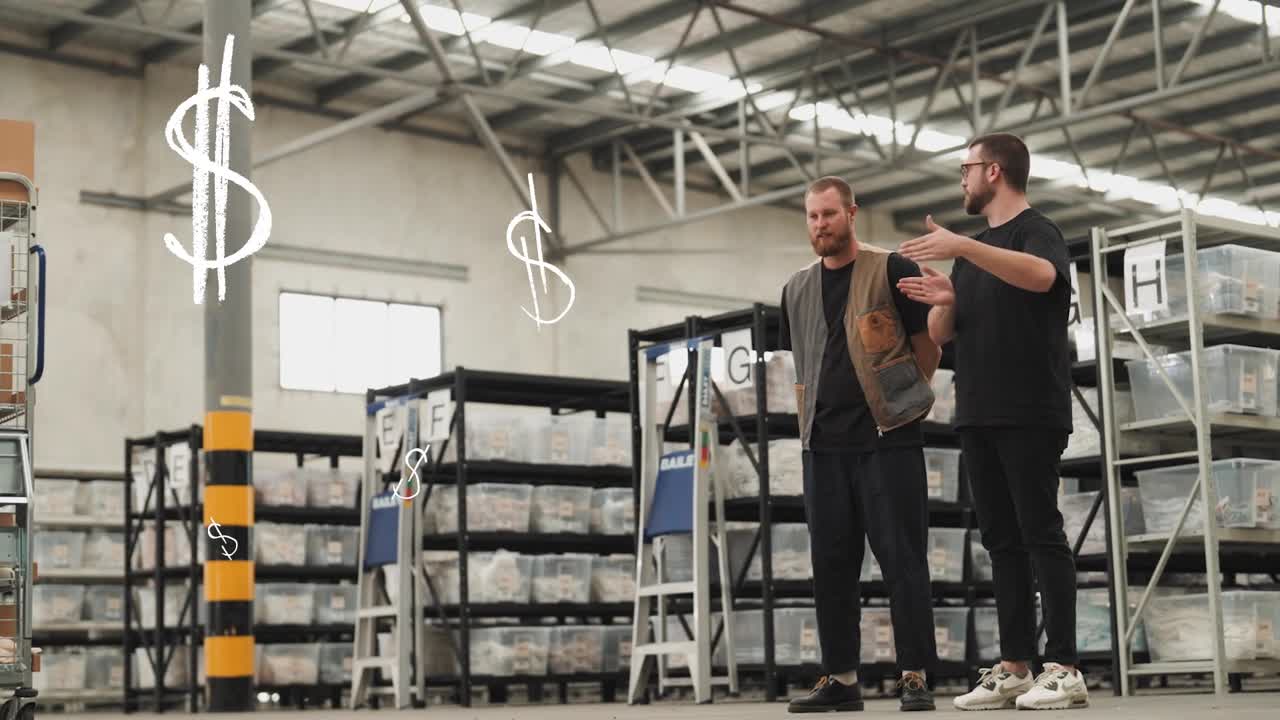We’ve put together our 5 best warehouse efficiency tips to improve your operation during the current economic downturn.
Why? Inflation is up whilst consumer appetite to spend is down. Ecommerce experienced its biggest ever boom through 2020-21, and now we face a downturn. Now is the time to focus on margins, efficiency and sustainable growth. Instead of inflated sales targets and spiralling ad spend to reach the few spenders still out there, we are recommending online retailers to safeguard their operations.
So, how to hunker down in this ‘winter’ and build back up for future growth when the economic conditions allow?
There is success to be had in making a few smart investments rather than lots of risky ones, and spending money on ROI-bankers rather than one time shoppers. One smart investment is transforming your warehouse into the efficient, powerful hub of your business it can be. It needs to be flexible for current and future circumstances, both lean and scalable.
Tip #1 for warehouse efficiency – automate what you can and take ‘local knowledge’ out of the equation
When you consider the end to end operation of your warehouse, what is currently manual? Do things grind to a halt if that one person who knows where everything is or how everything works is away? To become more efficient, you need to work in a way that doesn’t require experience. Less staff, as well as new / temporary staff, should be able to run your operation if they can follow simple processes while letting automated technology handle all the ‘thinking’. It’s an up front investment to get an automated warehouse system set up, but once it’s in, the operation can run itself with far less manual intervention.
Tip #2 – Deal with delays the smart way
Delays and hold-ups are inevitable, especially as the global supply chains continue to struggle post COVID. You may well currently be facing issues with your suppliers’ goods not arriving as expected, or even at all. Firstly, if possible, avoid stocking things on your website if you don’t actually have the stock in your own inventory. Even if it’s supposed to be arriving and will be ready to ship on time, the supply chain is not as trustworthy as it was 2-3 years ago. Ideally, you have a system in place that allows you to sync stock to go live on your ecommerce channels the moment it hits your goods-in location.
Moreover, if these scenarios crop up, and for some reason you have a backlog of customer orders that need fulfillling, do everything you can to cut that backlog down to size. The longer the customer is waiting for their order, the more vociferous their complaints are going to be on social media and review sites.
Tip #3 – Make the best of your current space
A lot of growth stage retailers run through warehouse spaces at a heady rate, going larger and larger each time. Moving every year as you grow can happen, however, with rent rising and profitability falling, it isn’t necessarily a goal to aim for. Instead, we’d recommend making your warehouse more efficient by using your current space to its full potential and capacity. A quick win – are your products all in fixed locations, or do you have the flexibility to store items dynamically and use ‘slotting’? By allowing more than one item per location, you can cut out dead space and wasted ’empty locations’. We wrote a whole article about the concept here, you can check it out. Amazon do this, so it probably works!
Tip #4 – Walking time is wasted time
The thing warehouse operatives spend the majority of their time doing? It’s not handling items, sorting them or dispatching the orders. It’s all the walking between these actions. Not only is a day spent covering 10s of KMs bad for morale, it’s terrible for warehouse efficiency. Where possible, you should try to cut down walking time across the operation. Pick routes should be optimised so that your team can collect all the items they need on their run in one pass of the warehouse, rather than going back and forth, up and down the same aisles repeatedly. Moreover, you absolutely need to stop picking one order at a time. This creates so many repeated journeys, when instead, you could be batching up multiple orders and picking them all at once, followed by a sort at the pack bench (or sort as you go, with something like a Pick and Sort to Trolley.)
Tip #5 – Let those data flow
It doesn’t matter how smooth your logistics processes are for things like goods-receipt, multi-order picking or labelling up packages if the information required to move those items on doesn’t flow through equally well. Manually importing orders from your store to your warehouse, exporting stock levels from inventory back into your e-commerce site, or typing out addresses and customer details into your shipping platform are all productivity killers. Any form of doubling up on work, or copy and pasting information that should just come through automatically via platform integration, is going to slow down your operation to no end, get worse as you get busier, and kill the morale of your staff. Instead, look for platforms with Open APIs that can be integrated together directly or through an iPaaS solution, and let information flow automatically from customer order all the way to shipping, reporting and beyond without human intervention.






